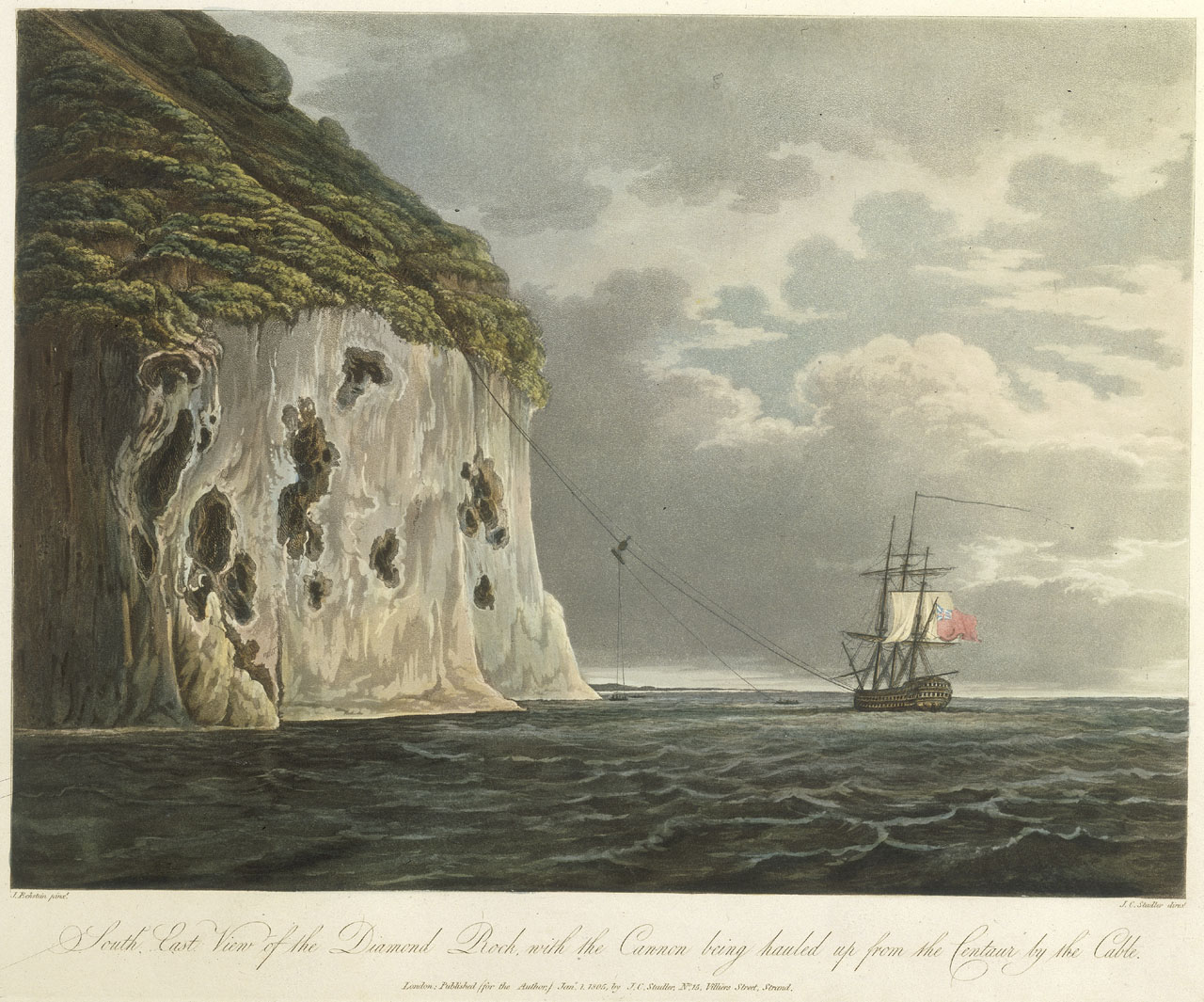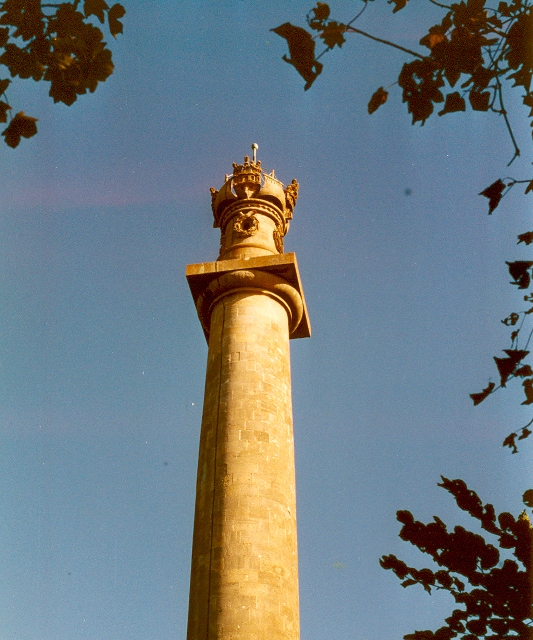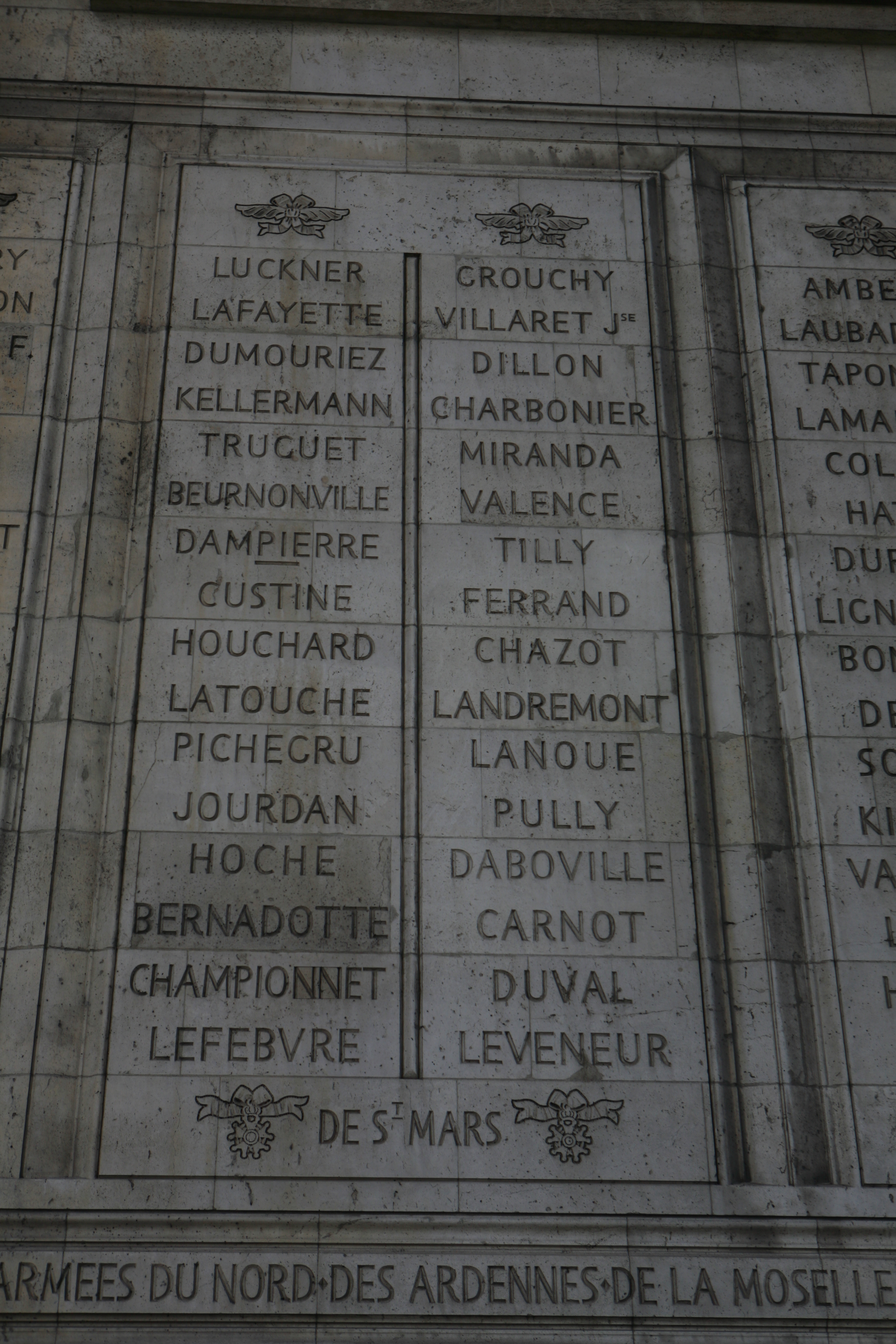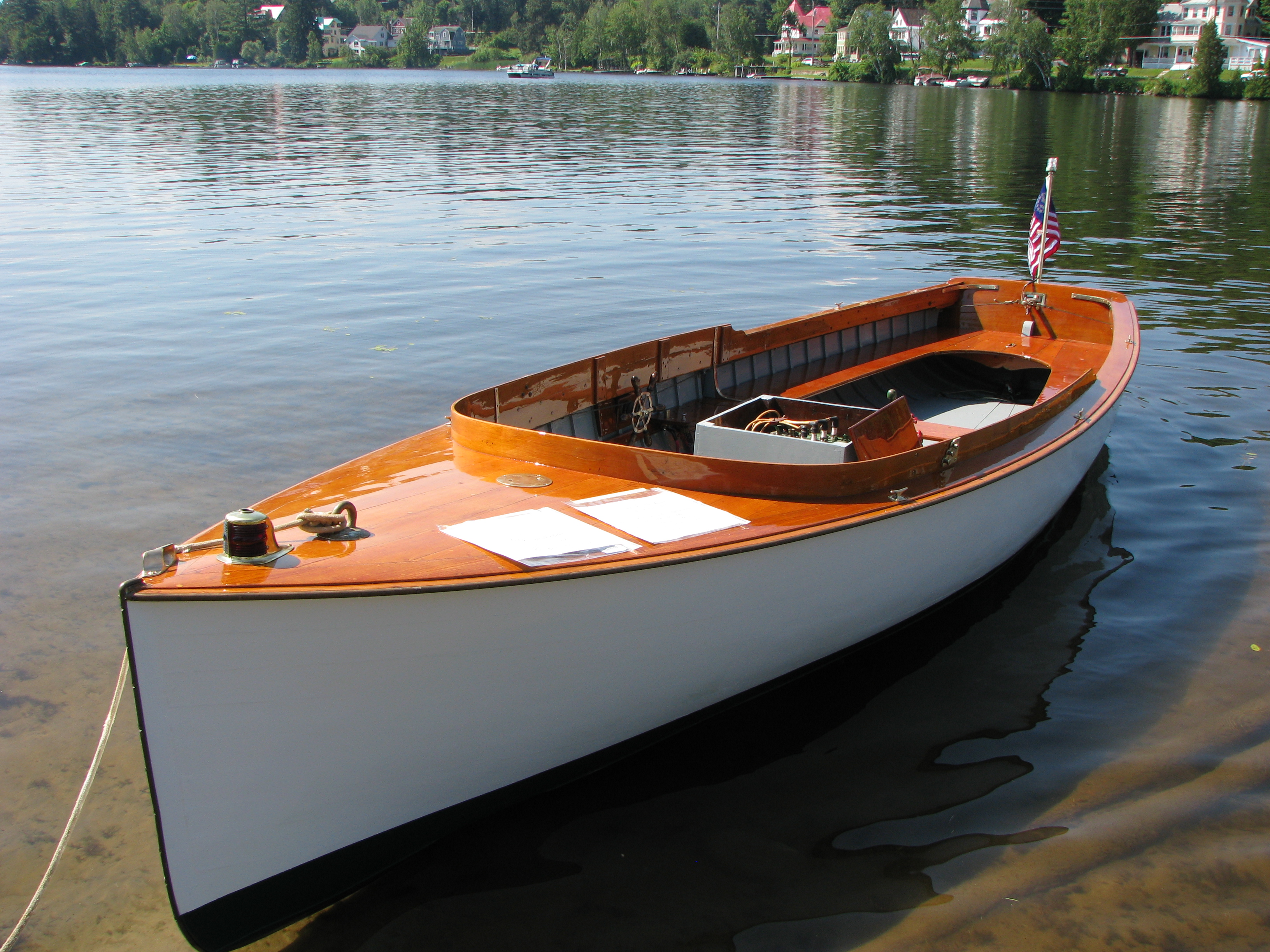|
Battle Of Diamond Rock
The Battle of Diamond Rock took place between 31 May and 2 June 1805 during the Napoleonic Wars, when a Franco-Spanish force dispatched under Captain Julien Cosmao was able to retake Diamond Rock, on the approach to Fort-de-France, from the British forces that had occupied it over a year before. The French in Martinique had been unable to oust the defenders from the strategically important rock, allowing the British garrison to restrict access to Fort-de-France Bay, firing on ships attempting to enter it by the quickest route with guns they had placed on the cliffs and thus forcing them to take a slower route, allowing interception by the blockading vessels. The arrival of a large combined Franco-Spanish fleet in May changed the strategic situation. The French commander, Pierre de Villeneuve, had vague orders to attack British possessions in the Caribbean, but instead waited at Martinique for clearer instructions. He was finally persuaded to authorise an assault on the British ... [...More Info...] [...Related Items...] OR: [Wikipedia] [Google] [Baidu] |
Trafalgar Campaign
The Trafalgar campaign was a long and complicated series of fleet manoeuvres carried out by the combined French Navy, French and Spanish Navy, Spanish fleets; and the opposing moves of the Royal Navy during much of 1805. These were the culmination of French plans to force a passage through the English Channel, and so achieve a successful Napoleon's planned invasion of the United Kingdom, invasion of the United Kingdom. The plans were extremely complicated and proved to be impractical. Much of the detail was due to the personal intervention of Napoleon I of France, Napoleon, who as a soldier rather than a sailor failed to consider the effects of weather, difficulties in communication, and the strengths of the Royal Navy. Despite limited successes in achieving some elements of the plan the French commanders were unable to follow the main objective through to execution. The campaign, which took place over thousands of miles of ocean, was marked by several naval engagements, most si ... [...More Info...] [...Related Items...] OR: [Wikipedia] [Google] [Baidu] |
Sir Samuel Hood, 1st Baronet
Vice-Admiral Sir Samuel Hood, 1st Baronet, (27 November 1762 – 24 December 1814) was a Royal Navy officer and politician who served as a Member of Parliament for Westminster in 1806. He is not to be confused with his father's first cousin Admiral Samuel Hood, 1st Viscount Hood (1724–1816) who sponsored both him and his elder brother Captain Alexander Hood (1758–1798) into the Royal Navy. Origins He was born on 27 November 1762, the 3rd son of Samuel Hood (1715–1805), a purser in the Royal Navy, of Kingsland in the parish of Netherbury in Dorset, by his wife Anne Bere, a daughter of James Bere of Westbury in Wiltshire. His father's first cousins were the famous brothers Admiral Samuel Hood, 1st Viscount Hood (1724–1816) and Admiral Alexander Hood, 1st Viscount Bridport (1726–1814), sons of Rev. Samuel Hood (1691/2-1777), Vicar of Butleigh and prebendary of Wells Cathedral both in Somerset and Vicar of Thorncombe in Devon. The 1st Baronet's two elder brothers ... [...More Info...] [...Related Items...] OR: [Wikipedia] [Google] [Baidu] |
Pierre-Charles-Jean-Baptiste-Silvestre De Villeneuve
Pierre-Charles-Jean-Baptiste-Silvestre de Villeneuve (; 31 December 1763 – 22 April 1806) was a French Navy officer who served during the French Revolutionary and Napoleonic Wars. He was in command of a French and Spanish fleet which was defeated by the British Royal Navy at the Battle of Trafalgar in 1805. Early career Villeneuve was born in 1763 at Valensole, and joined the French Navy in 1779. He took part in naval operations in the American Revolutionary War, serving as an ensign on ''Marseillais'', in de Grasse's fleet. Despite his aristocratic ancestry, he sympathised with the French Revolution, dropping the nobiliary particle from his name, and was able to continue his service in the Navy when other aristocratic officers were purged. He served during several battles, and consequently was promoted to rear admiral in 1796. At the Battle of the Nile in 1798 he was in command of the rear division. His ship, , was one of only two French ships of the line to esc ... [...More Info...] [...Related Items...] OR: [Wikipedia] [Google] [Baidu] |
Bothrops Lanceolatus
''Bothrops lanceolatus'' — known as the ''fer-de-lance'', Martinican pit viper,Brown JH. 1973. ''Toxicology and Pharmacology of Venoms from Poisonous Snakes''. Springfield, Illinois: Charles C. Thomas. 184 pp. LCCCN 73-229. . and Martinique lanceheadCampbell JA, Lamar WW. 2004. ''The Venomous Reptiles of the Western Hemisphere''. Comstock Publishing Associates, Ithaca and London. 870 pp. 1500 plates. . — is a species of pit viper endemic to the Caribbean island of Martinique. Some reserve the common name ''fer-de-lance'' for this species, while others apply that name to other ''Bothrops'' species, as well. No subspecies are currently recognized. Geographic range ''Bothrops lanceolatus'' is generally considered endemic to the island of Martinique in the Lesser Antilles. Along with '' Bothrops caribbaeus'' and '' B. atrox'', it is one of three ''Bothrops'' species found in the West Indies. The type locality according to Bonnaterre (1790:11) is "La Martinique". Description It m ... [...More Info...] [...Related Items...] OR: [Wikipedia] [Google] [Baidu] |
Life On Diamond Rock
Life, also known as biota, refers to matter that has biological processes, such as signaling and self-sustaining processes. It is defined descriptively by the capacity for homeostasis, organisation, metabolism, growth, adaptation, response to stimuli, and reproduction. All life over time eventually reaches a state of death, and none is immortal. Many philosophical definitions of living systems have been proposed, such as self-organizing systems. Viruses in particular make definition difficult as they replicate only in host cells. Life exists all over the Earth in air, water, and soil, with many ecosystems forming the biosphere. Some of these are harsh environments occupied only by extremophiles. Life has been studied since ancient times, with theories such as Empedocles's materialism asserting that it was composed of four eternal elements, and Aristotle's hylomorphism asserting that living things have souls and embody both form and matter. Life originated at least 3.5&nbs ... [...More Info...] [...Related Items...] OR: [Wikipedia] [Google] [Baidu] |
HMS Fort Diamond
HMS ''Fort Diamond'' was a six-gun sloop (or cutter), commissioned in 1804 in Martinique. Her origins are unknown. She captured one French privateer before being lost to a French boarding party in June 1804. Career ''Fort Diamond''s primary function was as a tender to the newly established British position at Diamond Rock (nominally commissioned as HMS ''Diamond Rock''). She had a crew of 30 men, volunteers from the 36-gun Fifth Rate ''Emerald'', under the command of ''Emerald''s first lieutenant, Thomas Forest. On the morning of 13 March 1804, ''Fort Diamond'' sailed around the Pearl Rock to attack a French privateer schooner. The schooner, unable to sail into the port of Saint-Pierre, Martinique, had anchored close to a shore battery at Ceron, outside the port. ''Emerald'' created a diversion to distract the battery, sending her boats in another direction. While this was underway arrived and contributed two boats to the diversion. Forest's tactic was simply to run ''F ... [...More Info...] [...Related Items...] OR: [Wikipedia] [Google] [Baidu] |
Sloop-of-war
During the 18th and 19th centuries, a sloop-of-war was a warship of the Royal Navy with a single gun deck that carried up to 18 guns. The rating system of the Royal Navy covered all vessels with 20 or more guns; thus, the term encompassed all unrated warships, including List of gun-brigs of the Royal Navy, gun-brigs and Cutter (boat), cutters. In technical terms, even the more specialised bomb vessels and fire ships were classed by the Royal Navy as sloops-of-war, and in practice these were employed in the role of a sloop-of-war when not carrying out their specialised functions. In World War I and World War II, the Royal Navy reused the term "sloop" for specialised convoy-defence vessels, including the of the First World War and the highly successful of the Second World War, with anti-aircraft and anti-submarine capabilities. They performed similar duties to the destroyer escorts of the United States Navy, and also performed similar duties to the smaller corvettes of the Royal ... [...More Info...] [...Related Items...] OR: [Wikipedia] [Google] [Baidu] |
British Admiralty
The Admiralty was a Departments of the Government of the United Kingdom, department of the Government of the United Kingdom that was responsible for the command of the Royal Navy. Historically, its titular head was the Lord High Admiral of the United Kingdom, Lord High Admiral – one of the Great Officers of State. For much of its history, from the early Admiralty in the 18th century, 18th century until its abolition, the role of the Lord High Admiral was almost invariably put "in commission" and exercised by the Lords Commissioner of the Admiralty, who sat on the governing Board of Admiralty, rather than by a single person. The Admiralty was replaced by the Admiralty Board (United Kingdom), Admiralty Board in 1964, as part of the reforms that created the Ministry of Defence (United Kingdom), Ministry of Defence and its Navy Department (Ministry of Defence), Navy Department (later Navy Command (Ministry of Defence), Navy Command). Before the Acts of Union 1707, the Office of t ... [...More Info...] [...Related Items...] OR: [Wikipedia] [Google] [Baidu] |
Louis Thomas Villaret De Joyeuse
Vice-Admiral Louis-Thomas Villaret de Joyeuse (29 May 1747Granier, p.87Some biographers give a date of 1750 (Levot, p.541). Granier quotes the registers of Sainte-Marie parish. – 24 July 1812Levot, p.544) was a French Navy officer and politician. Born in Auch, after serving in the Indies under Suffren he rose in rank during the early stages of the French Revolution. Villaret commanded of the French fleet at the Glorious First of June, where despite being handed a heavy tactical defeat, he ensured the vital passage of a grain convoy to France. He led the French fleet during the disastrous Croisière du Grand Hiver and failed to prevent a British fleet from successfully retreating, with his last battle being a defeat off Groix. He was relieved when he refused to serve for the disastrous Expédition d'Irlande. Villaret was then elected at the Council of Five Hundred. He joined the Club de Clichy, a party promoting colonies and slavery, and harbouring Royalist sympathies. A ... [...More Info...] [...Related Items...] OR: [Wikipedia] [Google] [Baidu] |
Capstan (nautical)
A capstan is a vertical-axled rotating machine developed for use on sailing ships to multiply the pulling force of sailors when hauling ropes, Nautical cable, cables, and hawsers. The principle is similar to that of the windlass, which has a horizontal axle. History The word, connected with the Old French or , from Old Provençal , from "pulley cord", from Latin , a halter, from , to take hold of, seems to have come into English (14th century) from Portuguese or Spanish shipmen at the time of the Crusades. Both device and word are considered Spanish inventions. Early form In its earliest form, the capstan consisted of a timber mounted vertically through a vessel's structure which was free to rotate. Levers, known as bars, were inserted through holes at the top of the timber and used to turn the capstan. A rope wrapped several turns around the drum was thus hauled upon. A rudimentary ratchet (device), ratchet was provided to hold the tension. The ropes were always wound i ... [...More Info...] [...Related Items...] OR: [Wikipedia] [Google] [Baidu] |
Carronade
A carronade is a short, smoothbore, cast-iron cannon which was used by the Royal Navy. It was first produced by the Carron Company, an ironworks in Falkirk, Scotland, and was used from the last quarter of the 18th century to the mid-19th century. Its main function was to serve as a powerful, short-range, anti-ship and anti-crew weapon. The technology behind the carronade was greater dimensional precision, with the shot fitting more closely in the barrel, thus transmitting more of the propellant charge's energy to the projectile, allowing a lighter gun using less gunpowder to be effective. Carronades were initially found to be very successful, but they eventually disappeared as naval artillery advanced, with the introduction of rifling and consequent change in the shape of the projectile, exploding shells replacing solid shot, and naval engagements being fought at longer ranges. History The carronade was designed as a short-range naval weapon with a low muzzle velocity f ... [...More Info...] [...Related Items...] OR: [Wikipedia] [Google] [Baidu] |
Launch (boat)
Launch is a name given to several different types of boat. The wide range of usage of the name extends from utilitarian craft through to pleasure boats built to a very high standard. In naval use, the launch was introduced as a ship's boat towards the end of the 17th century. On each warship, the launch was usually the largest boat out of those carried aboard. It could be propelled by oar or sail, with this type remaining in service into the 20th century. Steam launches were introduced on a trial basis in 1867, but as steam-powered ship's boats became more common, the majority were steam pinnaces. Other military examples were the various motor launches used in the 20th century, employed for harbour defence, anti-submarine patrols, escorting coastal convoys, minesweeping and recovering aircrew from crashed aircraft. Generally these were decked boats, some of which were capable of fast speeds. A powered boat operated by a regulatory or official organisation may be termed a ... [...More Info...] [...Related Items...] OR: [Wikipedia] [Google] [Baidu] |









